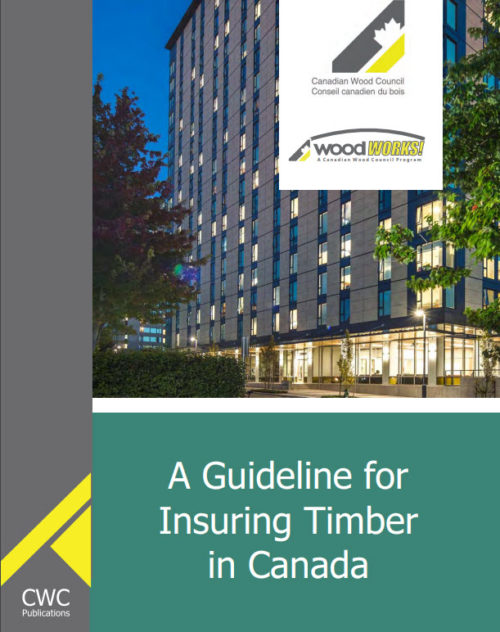Practical steps for insurance applications
Builders are required to obtain builder’s risk insurance—also known as “course of construction” insurance—to ensure that the financial investment of a construction project can be protected in the event of unexpected circumstances. The insurance rates for timber, classified as combustible construction, are generally much higher than that of non-combustible construction. It’s important to understand that the insurance industry does not classify buildings in the same way as building codes.
With recent code changes and advancements in mass timber products, it’s possible to build larger and taller structures with timber than ever before, leading to changes in insurance rates. The methodology for determining insurance rates for taller wood buildings follows a similar approach to that of low-rise builds. This combined with the relatively new nature of mass timber building typologies and a stressed insurance market is driving the cost of insurance policies up, representing a significant cost of the overall project budget.
Developed with the input of insurance stakeholders—including brokers, underwriters, reinsurers and actuaries—this document is intended to serve as a guide and outline practical steps for new insurance applications for mass timber projects to maximize the potential to mitigate risk.
This resource is publicly available from Canadian Wood Council.
